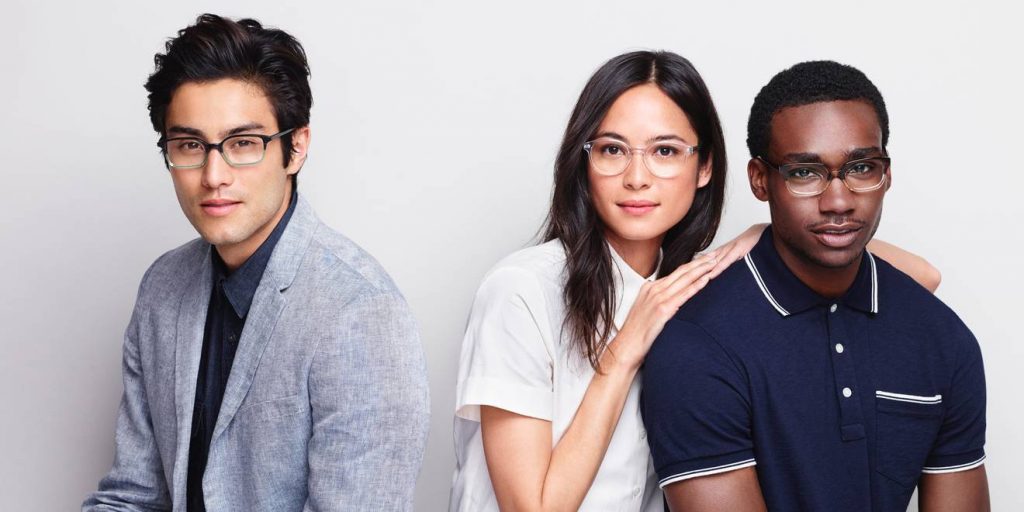Before my big move to the publishing industry, I worked in the corporate world of fashion and apparel (and a small stint in home furnishings). There were many times when I’d look forward to seeing what new styles would pop up on the runway during NYC Fashion Week. I’d even spend my lunch breaks gazing at every single design captured perfectly by photographers at the right moment. I knew in my head that most, if not all, those pieces I probably wouldn’t wear (and let’s be honest could never even afford), but anyone can dream.
When looking for the perfect piece to add to my wardrobe I’d mainly resort to stores that actually fit my price point including one of my favorites––Uniqlo. From their simple, yet modern designs to their commitment to quality and longevity, I knew that Uniqlo was the perfect place for me to shop and satisfy my need for stylish and affordable clothing.
Recently, Uniqlo, in collaboration with UK fashion designer Hana Tajima, introduced an entire collection featuring kebayas, headwraps, and hijabs. The Uniqlo website says, “From casual pieces including long, flowing skirts, tapered ankle-length pants, and blouses to more traditional wear like kebaya and hijab, this collection fuses contemporary design and comfortable fabrics with traditional values.”
Rarely have I seen a collection from an apparel company of Uniqlo’s size that directly serves anyone other than the mainstream demographic. And what I appreciate the most is that this collection was done with grace and respect.
Over the years, I’ve seen designers co-opt traditional pieces from other cultures to incorporate into their lines. One can argue that many of these designers have and still continue to appropriate aspects of different cultures in order to look edgy and daring while reaping the benefits of accolades and praise for their “newly inventive” designs. But there’s a huge difference between taking from one’s culture in order to make oneself look edgy, daring, or “exotic,” and serving a community with respect, dignity, and keeping the customers’ needs and values in mind.
Other companies including Oakley and Warby Parker have featured collections that are also designed to serve a specific demographic. A few years ago, Oakley introduced the Asian Fit collection, which Jason Low wrote about here, and recently, my favorite eyewear company, Warby Parker, came out with a Low Bridge Fit collection for “those with low nose bridges (if the bridge of your nose sits level with or below the pupils), wide faces, and/or high cheekbones.” Even Warby Parker’s ad for this collection features only models of color, something that I rarely ever see in the fashion world.
So what does this have to do with the publishing industry and Lee & Low Books?
In the publishing industry in particular, there seems to be this common thread that pops up from conversations regarding diversity and serving marginalized groups. We hear that books (and movies) with nonwhite protagonists “do not fit the mainstream” or “do not sell well.” This is unfortunately why we have such a huge diversity gap in children’s publishing. But what about the opportunities that are missed from ignoring entire demographics? Who’s to say that you can’t serve both? Marginalized readers deserve to see their experiences, their communities, their stories, properly represented in the books that they read and the media that they consume.
That’s why at Lee & Low Books we publish books about everyone, for everyone. Because everyone, no matter who they are, deserves to see themselves in books. Everyone deserves to know that their story matters. Everyone deserves to be properly represented––in books, in movies, in fashion, and in life.










